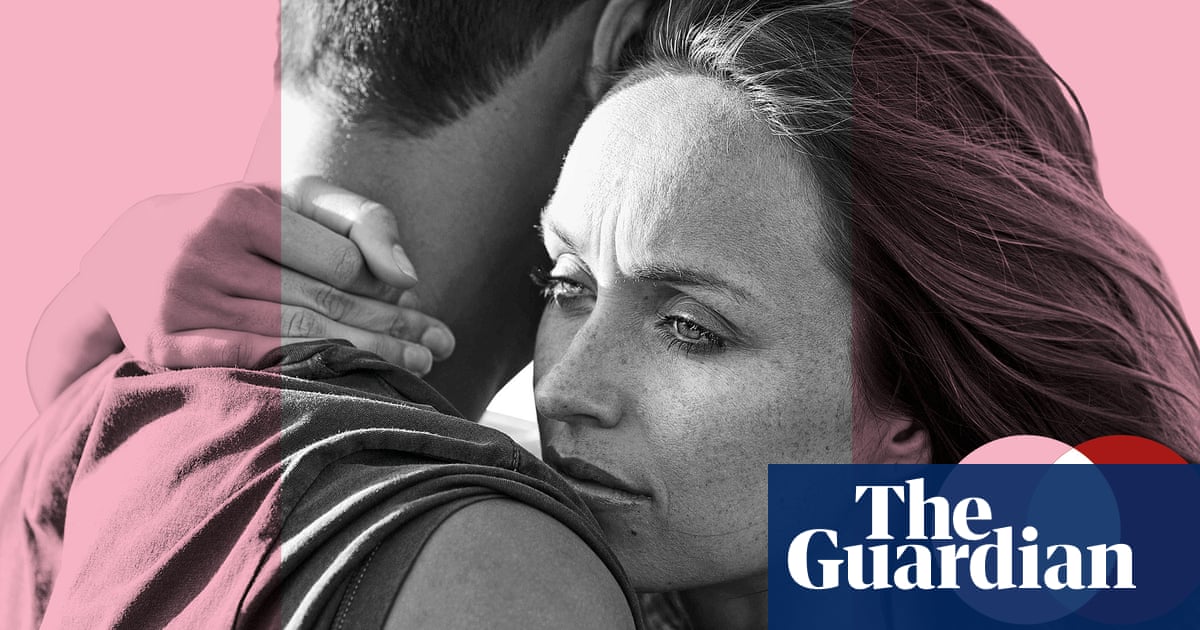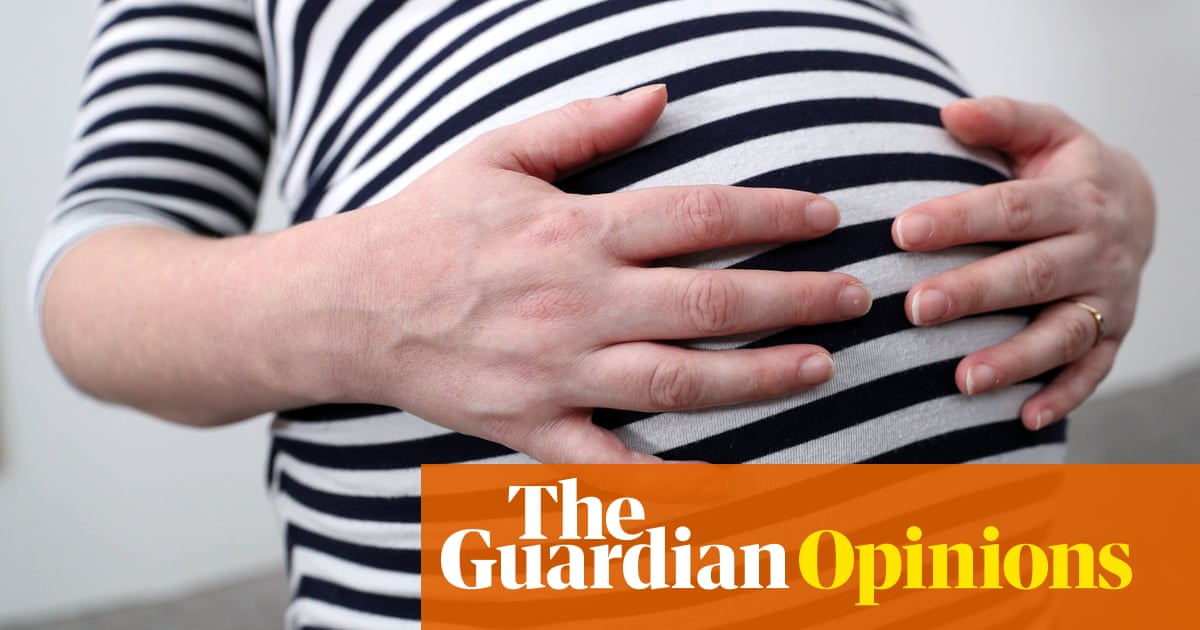
What happens in the family courts stays in the family courts. That has been my experience over more than 10 years as a barrister specialising in family law. Every single day, family judges hear cases of domestic abuse that are damaging the lives of women and children. Yet these stories are hidden from public scrutiny, shrouded in mystery and secrecy.
Now, a long-awaited pilot scheme that aims to improve transparency in the justice system will open up family courts to journalists in three locations in England and Wales. And it’s about time. For too long, shadowy reporting restrictions have been masking a widespread problem that pervades the family courts: coercive and controlling behaviour.
Courts up and down the country have become the last bastions of control for perpetrators to torment their victims – often through their children. Domestic abuse is not always physical. Since coercive control was criminalised in 2015, there has been growing awareness of the different forms it can take and their tragic consequences. Sally Challen was convicted of murdering her husband and sentenced to life imprisonment in 2011, after suffering 40 years of emotional abuse and coercive and controlling behaviour. In 2019 she successfully appealed her conviction of murder and pleaded guilty to manslaughter.
Despite this, family court judges are still failing to identify patterns of coercive and controlling behaviour. In one case, which I successfully appealed, a judge found that a man calling his partner “dirty”, “fat”, “a tramp”, “fucking stupid”, “worthless”, “fat bitch”, declaring “fucking die”, “I fucking hate you”, “I will fucking drown you in court” and “not even your fucking dad wants you”, were merely “unkind things” and the “stuff of many a ‘matrimonial row’”. The appeal judge said: “At any level [these comments] are cruel and undermining, but in the context of the various other behaviours … could clearly constitute controlling and coercive conduct.”
I recall meeting a mother who escaped an abusive relationship with her children. Despite her allegations of domestic abuse, the family court ordered child contact with her abuser, and the father began using the children to exert control over her and play mind games. She decided the only way to safeguard the children was to return to the abusive relationship.
Another mother I represented was told by a judge that if she continued with her allegations of rape, domestic abuse and coercive control, she could have her child put into foster care and adopted. If a journalist had been sitting in the family court, would the judge have behaved in the same way? Fears of increased scrutiny might make judges, family practitioners and professionals more aware of the need to readily identify complex dynamics of coercive control in the courtroom. Fortunately, the mother did carry on with her allegations, many of which she proved before another judge, in one of the first cases that defined “gaslighting” as domestic abuse.
Two years ago the court of appeal went some way to addressing the harm caused to women and children living in a coercive and controlling family environment, by stating that old-fashioned views on controlling behaviour had no place in the family court. But there is far more to be done. Courts must get better at identifying what coercive control can look like: intimidation, humiliation and threats rendering a person subordinate; behaviour that could detrimentally affect a child brought up in a controlling family dynamic. Focused training for relevant professionals including judges, practitioners, Cafcass (Children and Family Court Advisory and Support Service), social workers, experts and the general public must address how family litigation can be weaponised as a means of inflicting ongoing corrosive and crippling abuse. Journalists could play a vital role in shining a light on these stories.
In 2020 the Ministry of Justice published a report assessing the risk of harm to children and parents in private law cases, which usually means there is a residence or contact dispute. Hundreds of submissions from parents and professionals laid bare the scale of this crisis in the family courts, including from one mother who said that in her opinion the judge for her case had “NO IDEA of coercive abuse, financial and emotional abuse at all”. Submissions highlighted abusers exercising continued control through repeat litigation and the threat of repeat litigation.
Nearly three years on, progress on this issue has been slow. Last year, a Women’s Aid report found that coercive and controlling behaviour remains widely misunderstood, and many family court professionals struggle to understand that perpetrators use family proceedings as a form of post-separation abuse. I represented Kate Kniveton MP in her family case in which she proved in a landmark ruling that her ex-husband, former MP Andrew Griffiths, was raping, abusing and coercively controlling her while acting as a junior minister in our Houses of Parliament. The case highlighted what post-separation abuse can look like. “I considered his attempt to blame his second suicide attempt on her refusing Christmas contact an example of continuous coercive behaviour,” the judge found.
Domestic abuse charity Safe Lives released two reports last year highlighting a lack of understanding, trauma awareness and support for victims of domestic abuse in the family court. They also identified key gaps in family lawyers’ understanding of coercive control, which can replicate the power and control dynamics of domestic abuse. This is something I have encountered as a barrister whenever I speak out about male violence against women and girls in the criminal and family courts, and in society more broadly. I have suffered relentless abuse and harassment from some of my peers, from being called a c***, to being told I should be disbarred. One barrister even complained that I had written an article for the Guardian about the Griffiths case, in which I said it was sickening and perverse for a rape victim like Kniveton to be ordered by the family courts to financially subsidise her rapist’s costs of child contact in a supervised centre. I appealed the decision to the high court, and now there is a strong presumption against victims paying for a perpetrator’s child contact costs.
An ongoing silencing of victims undoubtedly contributes to patterns of coercive control being undermined or ignored. In the case of Kate Kniveton, two journalists pursued months of litigation in the high court and the court of appeal in their bid to make the judgments public, which was eventually successful – a highly unusual step in the family courts, as parents are prohibited from speaking publicly about their case. Kniveton argued that silencing her from speaking about her lived experience was abuse. A victim and survivor’s right to tell their story is the next battle ahead.
Lifting the lid on the family courts is long overdue. It is unacceptable that our courts can sometimes be used as a safe haven for perpetrators of abuse. Inviting journalists into our most private courtrooms has the potential to expose those who are weaponising their children, and the failings of a system that is supposed to protect them.
Charlotte Proudman is an award-winning barrister specialising in violence against women and girls and a research associate at the University of Cambridge












